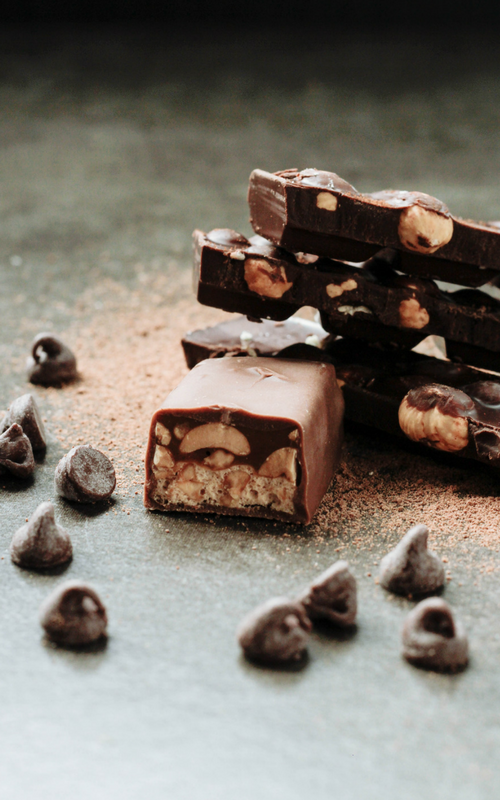Even retailers who focus on mostly hard goods, stock at least some specialty chocolate. Whether merchandised as an impulse purchase at the cash register, championed through a much wider display or included as part of a gift basket, retailers know that chocolate sells, and not only on Valentine’s Day.
 The overall U.S. market for confectionary products boasts sales of $36 billion, with chocolate candy making up 60 percent of the industry’s sales, according to research firm Packaged Facts’ new report, Food Gifting in the U.S., 5th Edition.
The overall U.S. market for confectionary products boasts sales of $36 billion, with chocolate candy making up 60 percent of the industry’s sales, according to research firm Packaged Facts’ new report, Food Gifting in the U.S., 5th Edition.
The winter season and fourth quarter holidays are especially hot for chocolate sales, which kick off at Halloween and peak at Easter. In fact, the winter holidays are a food gifting mainstay: almost half of adults who have purchased food gifts for others have done so for the winter holidays. The growth of premium chocolate is notably playing out in the seasonal market with consumers trading up to premium chocolate for certain gift-giving holidays.
Key holidays are a major window of opportunity for chocolate sales for retailers: the big four are Valentine’s Day, Easter, Halloween and Christmas. Halloween chocolate and Halloween food gifting sales have been among of the biggest gainers in the U.S. candy and confectionery products industry, according to Packaged Facts.
The study found that among food gift purchasers, 18 percent have purchased for themselves during Halloween, while 24 percent have purchased Halloween food gifts for someone else—numbers that equal or surpass such food gift occasions as Thanksgiving, anniversaries, weddings and housewarmings.
Here’s a look at U.S. retail sales of chocolate, by holiday:
- Easter— $935 million
- Christmas —$776 million
- Valentine’s Day— $524 million
- Halloween— $383 million
- Other holidays— $12 million
Source: Packaged Facts, Food Gifting in the U.S., 5th Edition



